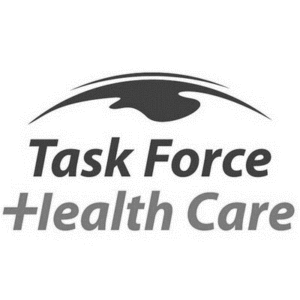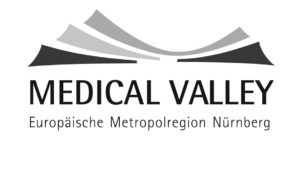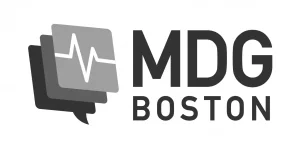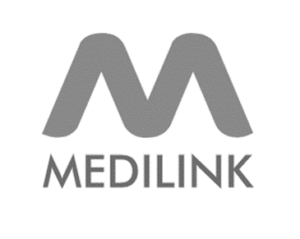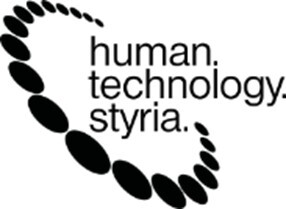By 2025, predictive medicine is undergoing a transformative leap driven primarily by AI, machine learning, and multi-omics integration, reshaping healthcare from reactive treatment to proactive, personalized care. Here are the key advances and trends defining predictive medicine in 2025:
- AI and Machine Learning Integration
- Multi-Omics Expansion
- Scale-Up of Cell and Gene Therapies
- Digital Health Ecosystems and Wearables
- Federated Data Analytics and Privacy
- Operational Efficiency and Healthcare System Impact
- Future Horizons Beyond 2025
- Market and Impact
AI and Machine Learning Integration
Advanced AI algorithms and machine learning models analyze vast and diverse datasets—including electronic health records, genetic profiles, lifestyle, and environmental data—to predict disease risks and optimize treatment plans with unprecedented precision. This integration improves early disease detection rates by up to 48%, enabling interventions before symptoms arise and shifting healthcare towards prevention rather than reaction.
Multi-Omics Expansion
Combining genomics, proteomics, metabolomics, and spatial omics provides deeper biological insights that enhance predictive accuracy. This holistic approach allows for better understanding of disease mechanisms and personalized therapies tailored to an individual’s molecular profile.
Scale-Up of Cell and Gene Therapies
Gene-editing technologies like CRISPR are moving from experimental trials to approved treatments, targeting genetic disorders, cancers, and rare diseases with precision. Advances such as base editing and epigenetic modulation are accelerating curative therapies.
Digital Health Ecosystems and Wearables
Wearable devices and telehealth platforms continuously collect real-time physiological and behavioral data, feeding predictive models to monitor health dynamically and personalize care pathways. This creates a seamless, patient-centered digital health ecosystem.
Federated Data Analytics and Privacy
Secure, privacy-preserving data sharing frameworks enable global collaboration on health data without compromising patient confidentiality. Federated analytics allow AI models to learn from diverse datasets across institutions, improving model robustness and equity in healthcare delivery.
Operational Efficiency and Healthcare System Impact
Predictive AI enhances hospital resource management, staffing optimization, and equipment maintenance forecasting, reducing costs and improving care delivery efficiency. Approximately 65% of healthcare organizations are projected to have adopted predictive AI solutions by 2025.
Ethical and Equity Considerations
As predictive models become widespread, continuous efforts are made to monitor and mitigate algorithmic biases to ensure equitable healthcare access and outcomes across diverse populations.
Future Horizons Beyond 2025
Emerging technologies like quantum machine learning and neuromorphic computing promise to exponentially increase predictive capabilities. The vision is a continuously evolving, real-time personalized medicine paradigm integrating genetic, environmental, and lifestyle data for near-perfect health risk predictions.
Market and Impact
The precision medicine market is booming, valued at $151.57 billion in 2024 and expected to reach $469.16 billion by 2034, reflecting rapid adoption and technological breakthroughs that promise better patient outcomes at lower costs.
In summary, predictive medicine in 2025 is characterized by AI-driven, multi-dimensional data integration that enables early, personalized interventions and operational efficiencies, marking a fundamental shift towards proactive, precision healthcare.
Sources
https://lifebit.ai/blog/precision-medicine-trends-2025/
https://www.omdena.com/blog/predictive-healthcare-2025
https://www.byteplus.com/en/topic/396713
https://mededgemea.com/18-healthcare-breakthroughs-technologies-2025/







